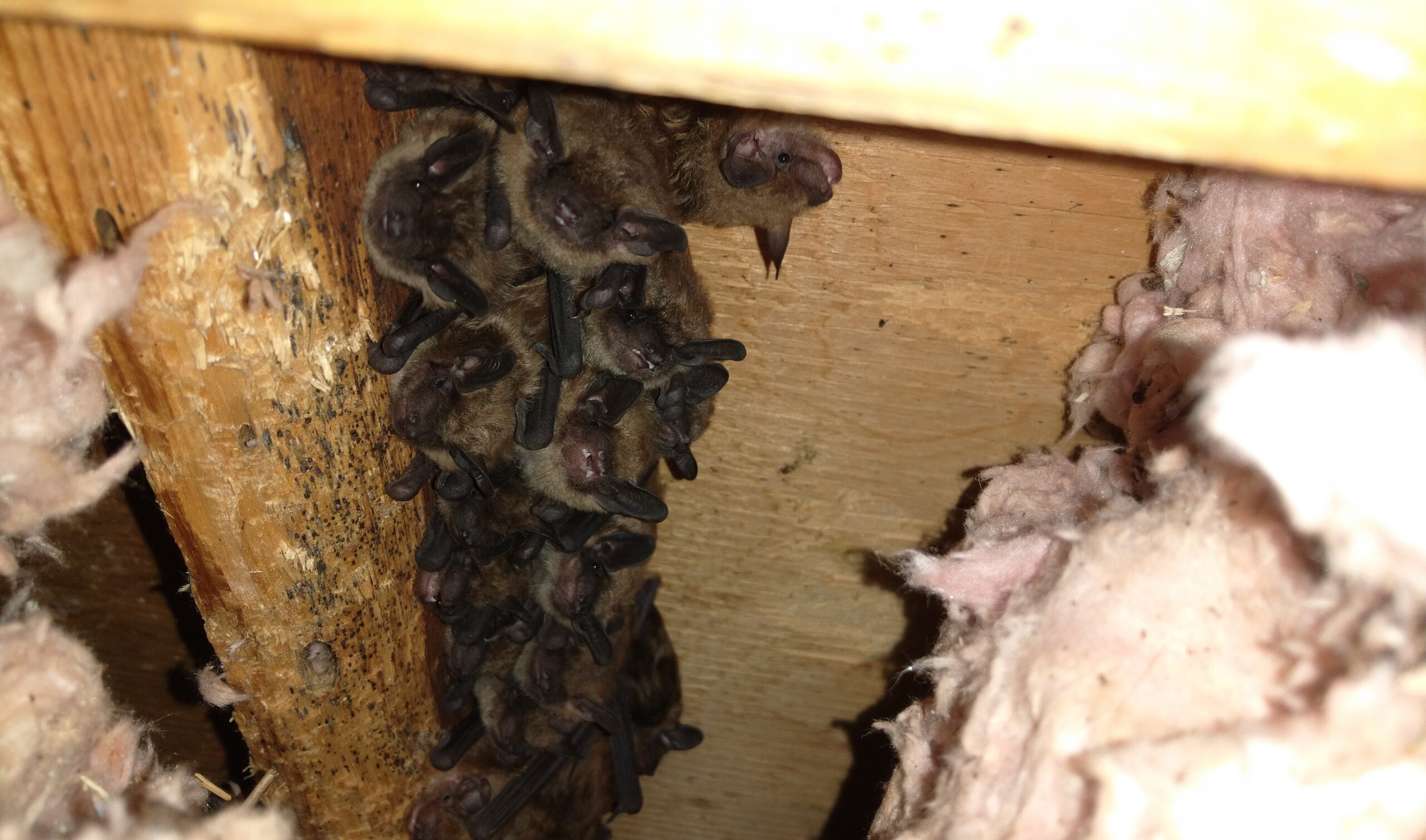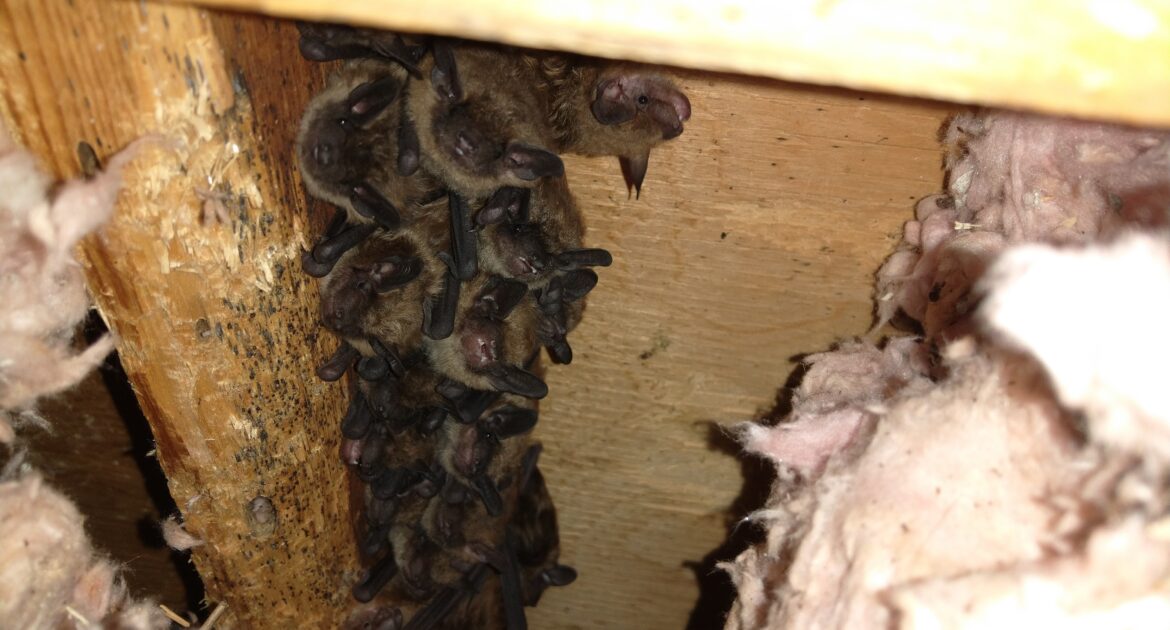Bats are fascinating creatures, and understanding how they survive the winter can be essential for wildlife removal in Boston. During the colder months, you might notice fewer bats flitting around your neighborhood. This is because bats have a unique way of coping with the chilly weather.
Instead of braving the cold, these mammals hibernate or migrate to warmer places, ensuring they stay safe and sound. In Boston, where temperatures can drop significantly, it’s crucial to know where bats go in the winter. Many species find shelter in caves, old barns, or even warm attics, adapting their behavior to ensure they conserve energy and survive until spring.
By knowing how bats survive the winter, homeowners can gain peace of mind, understanding that these animals are simply waiting out the cold rather than causing trouble. With this knowledge, you can rest assured that when spring arrives, bats will emerge, ready to play their role in our ecosystem. For those who encounter bats during this time, it’s always best to rely on Skedaddle’s professional services to ensure the safety of both your home and the bats.
How Do Bats Survive the Winter?
Bats, like many animals, have developed mechanisms to cope with the harsh winter conditions. Most species found in Boston enter a state known as torpor, a temporary hibernation-like state that allows them to conserve energy. During this period, their body temperature drops significantly, and their metabolic rate slows. This adaptation helps them survive when food is scarce. However, not all species hibernate; some migrate to warmer areas when the temperature starts to plummet.
Interestingly, bats will choose their hibernation locations very carefully. They look for places with stable temperatures and humidity levels, often opting for caves, mines, or even attics. Yes, that’s right – attics can be prime real estate for bats seeking shelter. That’s why it’s crucial for homeowners to be vigilant about ensuring their homes are sealed against unwanted guests. When temperatures drop, any warm and quiet space can look enticing to a bat seeking refuge from the cold.
Many people are surprised to learn that bats can enter homes through tiny openings. A gap as small as half an inch can be enough for a bat to squeeze through. Once inside, they can go unnoticed for quite some time, only becoming apparent when they leave droppings or make noise. This is why routine inspections are advised, particularly in older homes where gaps and cracks are more likely to occur.
What Temperature is Too Cold for Bats?
The question of what temperature is too cold for bats is multifaceted. While bats are quite resilient, extremely low temperatures can be dangerous. Generally, temperatures below freezing are too harsh for bats hibernating in the open. This is why they seek out insulated spaces such as buildings. In Boston, the average winter temperature often falls below freezing, making it critical for bats to find adequate shelter.
It’s important to note that bats are sensitive to temperature fluctuations. A sudden drop in temperature can disrupt their hibernation, forcing them to wake up and search for warmth. If they can’t find a suitable place, they might face life-threatening conditions. This is why we often get calls from concerned homeowners in the winter months.
If you suspect bats have taken up residence in your home, it’s best to consult a professional. Not only do bats carry diseases such as rabies, but disturbing a hibernating bat can be fatal for the creature. Professional wildlife control companies are trained to handle these situations humanely, ensuring the safety of both the homeowner and the bat.
Tips for Homeowners
Preventing bats from making your home their own involves a combination of vigilance and proactive measures. Here are some tips for homeowners looking to protect their properties during the colder months. First, regular inspections are crucial. Checking your attic, roof, and exterior walls for any gaps or cracks can help you identify potential entry points. It’s advisable to do this before winter sets in, as bats are more likely to seek shelter as temperatures drop.
Secondly, consider installing bat houses nearby. This provides bats with an alternative shelter, encouraging them to stay away from your home. Bat houses should be placed in areas that receive plenty of sunlight and are safe from predators. This not only benefits the bats but also helps maintain the ecological balance in your area.
Finally, maintaining your property can go a long way in preventing bat infestations. Keeping trees trimmed, ensuring that exterior lights are functional, and storing food securely are all steps that can deter bats from approaching your home. By staying proactive and informed, you can protect both your home and the local bat population.
The Role of Wildlife Removal Services
When it comes to wildlife removal in Boston, it’s essential to choose a service that understands the unique challenges posed by bats in winter. At Skedaddle, we pride ourselves on providing humane and effective solutions to bat issues. Our team is trained to identify entry points, safely remove any bats present, and prevent future infestations with exclusion techniques.
One of the key aspects of effective wildlife control is understanding the animal’s behavior and habitat requirements. This knowledge allows us to offer solutions that are not only effective but also sustainable in the long term. We use innovative methods that ensure bats are removed safely and humanely, reflecting our commitment to wildlife conservation.
Choosing a professional service like Skedaddle ensures that your home is thoroughly inspected and that any potential entry points are sealed. This proactive approach can save homeowners from the stress and potential health risks associated with bat infestations. Our methods focus on exclusion and prevention, providing peace of mind for homeowners throughout Boston.
Why Choose Skedaddle for Wildlife Control?
With over 30 years in the industry, Skedaddle is a name you can trust for humane and effective wildlife control. Our team consists of experts who are well-versed in the latest techniques and regulations related to wildlife removal. We prioritize customer satisfaction and the welfare of the animals we handle, ensuring that every job is completed to the highest standard.
Unlike other companies, Skedaddle offers comprehensive solutions that address the root of the problem. Our process involves a thorough inspection, humane removal, and exclusion measures to prevent future issues. We understand the importance of protecting both your home and the local ecosystem, and our methods reflect that commitment.
Furthermore, we provide education and support to homeowners, empowering them to protect their properties effectively. Our team is always ready to answer questions and provide advice on how to maintain a bat-free home. Choosing Skedaddle means choosing a company that values professionalism, reliability, and community engagement.
Humane and Effective Solutions
Bats play a vital role in our ecosystem and understanding their behavior, especially during the winter months, is key to coexisting harmoniously with them. At Skedaddle, we’re committed to providing humane and effective wildlife control solutions that protect both your home and the bats. Remember, if you suspect a bat presence in your home, it’s crucial to seek professional assistance.
Our team is here to help with expert advice and services tailored to your needs. Contact Skedaddle today to learn more about how we can assist you with wildlife removal in Boston. Let’s work together to keep your home bat-free while supporting the local ecosystem.




